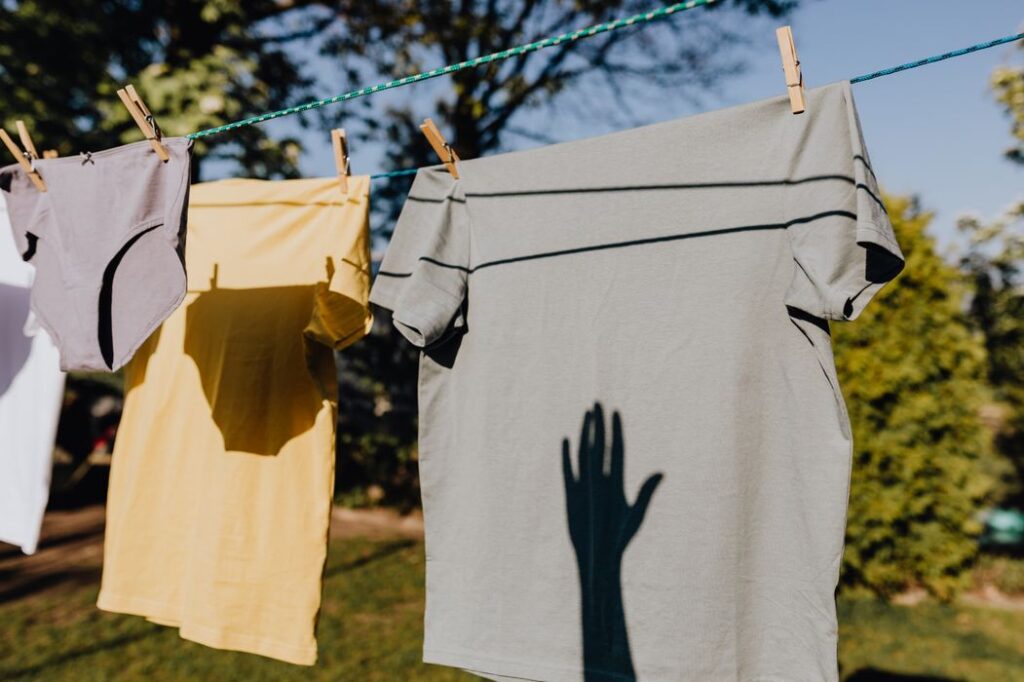The fifth edition of the Ginetex Barometer is now available online. Conducted by the esteemed market research and consulting firm IPSOS, the barometer provides an in-depth look at the latest textile care habits in seven European countries: France, Spain, Germany, Italy, Sweden, the Czech Republic, and the United Kingdom. From evolving priorities to cultural distinctions, the report is full of fascinating insights, including the following:
Change lies ahead for the care label
As consumer habits evolve, the format of the care label is as well. The vast majority of respondents (75%) feel that having written instructions in addition to the care symbols would be very useful. This is especially clear when it comes to delicate fabrics, about which 80% of European consumers say they would appreciate having more in-depth instructions included on the label. Interestingly, most consumers (58%), including younger generations, prefer to maintain physical labels rather than switch to digital ones.
Continued growth for second-hand clothing
Driven largely by increased environmental awareness among young people, the second-hand clothing market has enjoyed rapid growth over the past decade—a trend that shows no sign of slowing. More than 50% of those surveyed purchase second-hand clothes once every six months, especially in the UK (62%). Unsurprisingly, younger buyers are particularly likely to purchase second-hand clothes: 70% are between the ages of 18 and 24, compared to only 43% being age 45 and over.
Price matters more than ever
Balancing cost and quality lies at the forefront of the decision-making process across the countries surveyed. Price sensitivity when it comes to clothing is especially pronounced in Italy (76%), while value for money is now a key criterion for 56% of all European consumers. Overall, clothing quality is gaining importance throughout Europe, having risen to 55% in 2025 versus 52% in 2023.
Care instructions are important
Consumers read the labels on their clothing and expect the instructions to be clear, with 82% of Europeans considering care instructions to be an important part of the label. Textile composition is also of special interest to 76% of Europeans, which testifies to the rising importance of transparency in the decision to purchase. For 63% of consumers, environmentally-friendly cleaning instructions are key as well.
Budgetary concerns influence laundry habits
Washing, drying, and ironing habits show the impact of the wider economic context, with 86% of respondents saying they are careful not to exceed the recommended dosages of detergent, primarily for economic reasons, followed by environmental. Similarly, low-temperature washing is the preferred setting for most respondents (84%), mainly to save money (55%) or reduce their ecological impact (29%). Finally, whether to lower their energy bill or improve their sustainability, most Europeans prefer to hang their laundry out to dry.
To read the full GINETEX Barometer, please click here.
